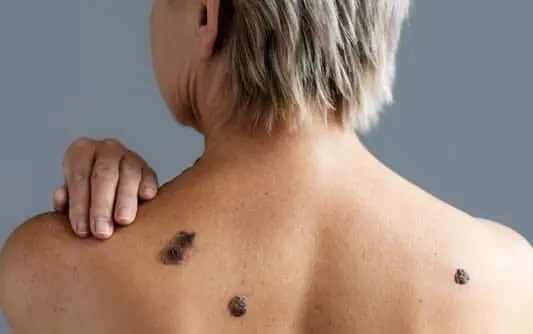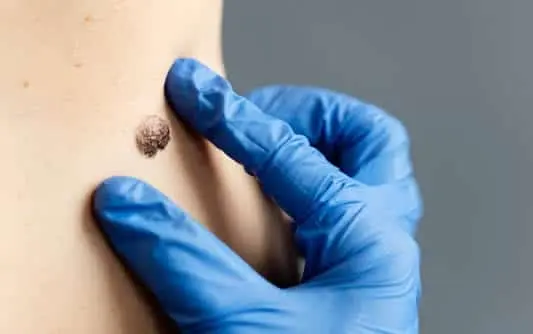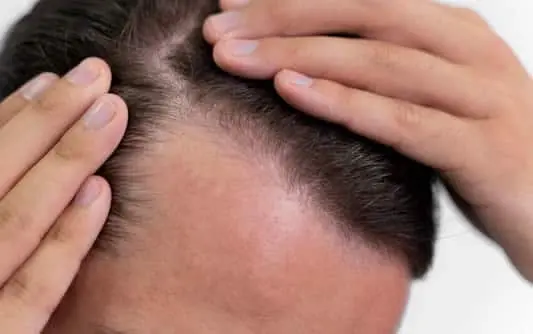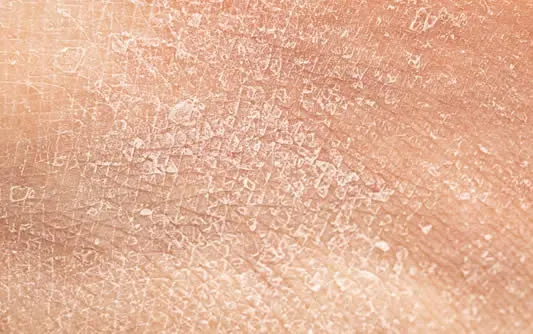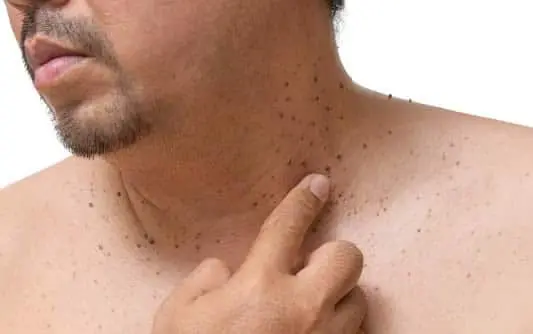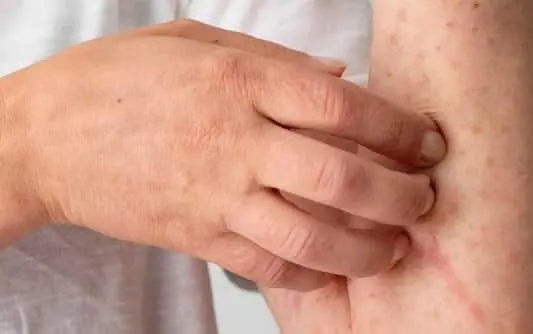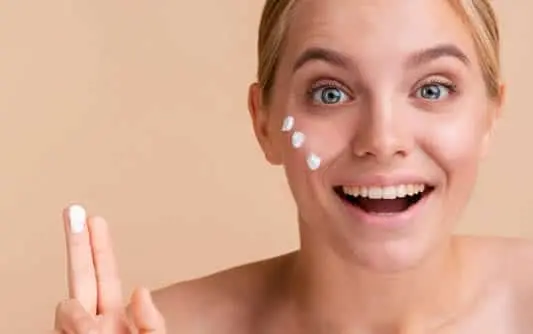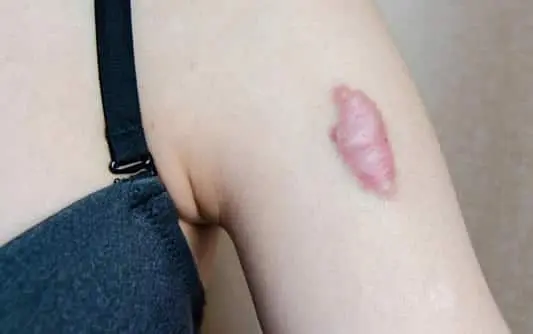
Eczema Diet Tips: Foods to Eat and Avoid for Eczema
Eczema and Dietary Management: Optimal Food Choices and Items to Steer Clear of to Alleviate Symptoms
Eczema, characterized by inflamed skin resulting in redness, dryness, and itching, is also known as dermatitis. Manifesting often in the folds of the arms, back of the knees, wrists, and hands, eczema is a highly individual condition, with triggers varying from person to person and responses to treatment differing accordingly.
For individuals grappling with eczema, certain foods can act as triggers for flare-ups, making dietary choices crucial in managing the frequency and severity of outbreaks. Given the inflammatory nature of the condition, focusing on foods with anti-inflammatory properties is paramount. Moreover, many eczema patients contend with food allergies exacerbating symptoms, underscoring the importance of understanding one’s body and its reactions to specific foods to mitigate the presence of eczema.
Dermatologist in Granada Hills.
Dietary Recommendations for Eczema:
Inclusion of Beneficial Foods:
- Omega-3 Rich Fish: Incorporating fatty fish into the diet, such as salmon, tuna, and sardines, provides ample omega-3 fatty acids, essential for combating inflammation.
- Probiotic Foods: Consumption of probiotic-rich foods aids in bolstering the immune system, subsequently reducing flare-ups. Options include sauerkraut, fermented pickles, yogurt, and kimchi.
- Quercetin Sources: Foods rich in quercetin, a flavonoid with antioxidant and antihistamine properties, like apples, blueberries, spinach, and onions, can help control eczema symptoms effectively.
Foods to Steer Clear of:
- Inflammatory Foods: Artificial sugars, trans-fats, processed and red meats, refined carbs, and dairy products are known to exacerbate inflammation.
- Nickel-Containing Foods: Ingredients like nickel, prevalent in whole grains, oats, cocoa, soy products, and certain canned or dried foods, may aggravate symptoms, particularly in cases of dyshidrotic eczema.
Allergies or Sensitivities: Consulting with a healthcare professional for allergy or food sensitivity testing can identify specific intolerances triggering “food-responsive eczema,” enabling individuals to avoid such foods, commonly including dairy, eggs, soy, and nuts.
Elimination Diet: Those seeking relief from eczema flare-ups may consider embarking on an elimination diet, systematically removing suspected intolerant foods or food groups. This approach, involving the exclusion of common allergens and inflammatory foods, allows for a personalized understanding of dietary triggers and their impact on symptoms.
In summary, managing eczema involves a tailored approach, with symptoms influenced by various external and internal factors. Discovering the optimal dietary regimen to combat eczema requires patience and experimentation. For persistent struggles with eczema, seeking guidance from a dermatologist is recommended to devise a personalized treatment plan for this dermatological condition.



